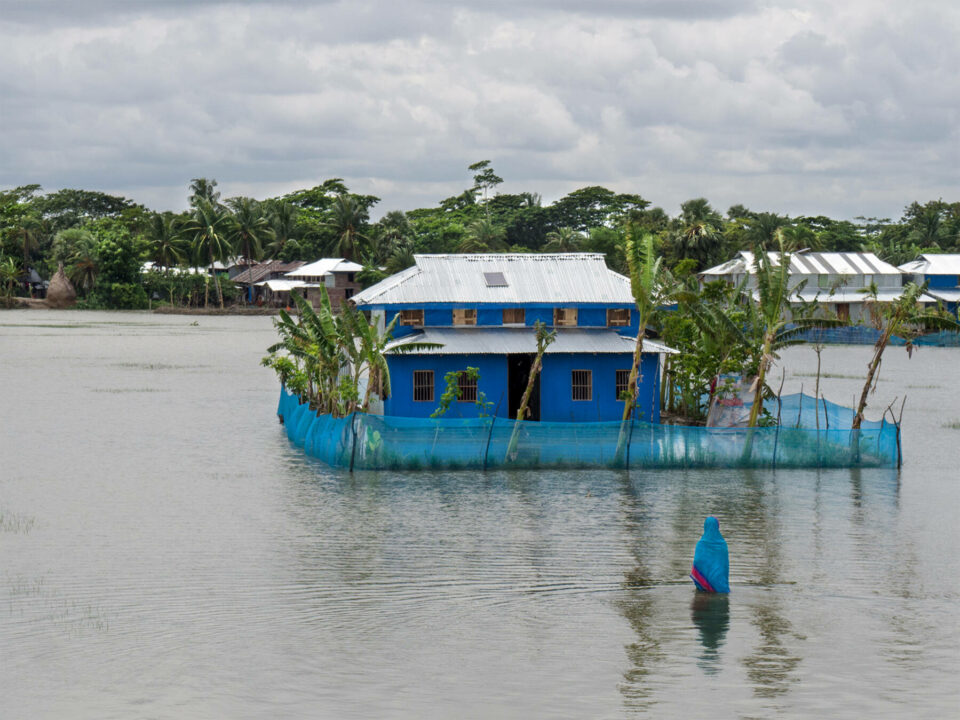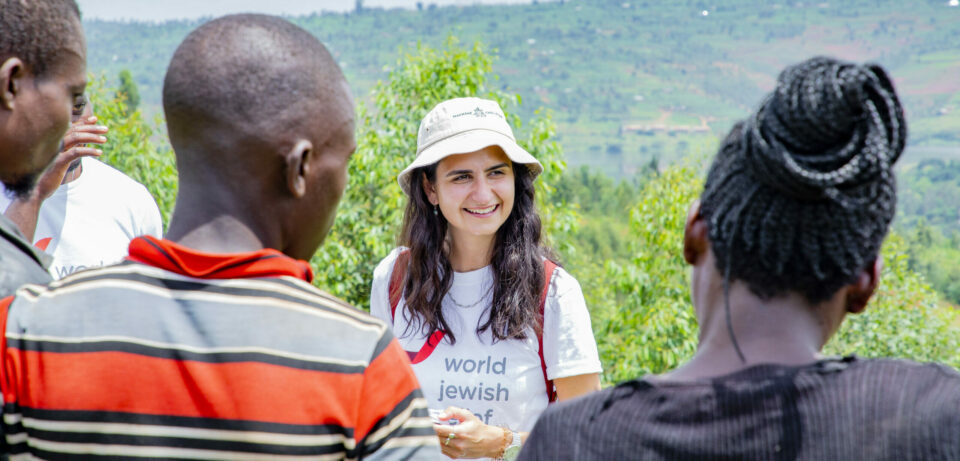International Day for Disaster Risk Reduction
By Laura Hendy, Climate and Resilience Programmes Manager
Each year on the 13th October, the UN encourages every global citizen and government to step up their efforts to reduce the devastating impact of disasters around the world, through campaigning, hosting events and awareness raising. This International Day for Disaster Risk Reduction is a chance to acknowledge the important progress that has been made toward reducing losses of lives and livelihoods, but also to reflect on the challenges that threaten to undermine this progress.
What is Disaster Risk Reduction?
Disaster risk reduction is complex, but it can be boiled down to three simple principles that combine to create a systematic way of preventing hazards such as floods, droughts and earthquakes from causing significant loss of lives.
- Reducing the likelihood and severity of hazards; for example, by building flood defences, or using better irrigation techniques to prevent drought.
- Reducing people’s exposure to hazards; for example, by ensuring that houses are not built on flood plains.
- Addressing the factors that make people more vulnerable to the impacts of hazards; for example, lifting people out of poverty so that they can afford to rebuild their homes.
This year, disaster risk reduction is more important than ever. Over the past four decades, the global community has dramatically reduced disaster-related deaths by investing in early warning systems, disaster preparedness and infrastructure resilience. Ultimately, this has meant that even as disasters have become more common, deaths have been reduced from almost 1 million from 1980 to 1999, to just over 0.5 million from 2000-2019.
This achievement is monumental, but we have now reached a critical time in our history – the impacts of the climate crisis are increasingly being felt, with greater instances of flooding, droughts, typhoons, landslides, and wildfires across all corners of the globe, and the unprecedented rise in poverty and inequality driven by the Covid-19 pandemic has left many people with reduced capacities to cope when disaster strikes.
For us at World Jewish Relief, this reinforces our desire to do everything that we can to respond to the climate crisis. We have signed the Climate and Environment Charter for Humanitarian Organisations and are focusing on responding to climate-related disasters in all of our humanitarian work. This year’s day for disaster reduction theme is ‘strengthening international cooperation for developing countries to reduce their disaster risk and disaster losses”, and this is particularly important to our work. The low and middle-income countries where we work, such as Haiti, Mozambique and Bangladesh are already disproportionately impacted by disasters, with higher numbers of people killed, injured, or displaced, and more significant economic losses and greater infrastructural damage. What’s more, many of the countries and communities that we work with are projected to experience many more climate-related disasters in the coming years.
We have already started with our Disaster Preparedness Initiative, which we established in 2018 to help key partners in high-risk areas to be more effective in disaster management and more able to anticipate, prepare for, respond to, and reduce risks of disasters. This initiative has now been running for three years and we now have a pool of 13 partner organisations across nine countries.
However, we know that with the continued generosity of our supporters, we can do more. We are committed to significantly scaling up our response to the climate crisis. This will include many more disaster risk reduction and preparedness activities, and we are currently collaborating with our partners around the world to identify opportunities for programmes that can help support some of the most vulnerable communities cope with rising cases of climate-related disasters.





